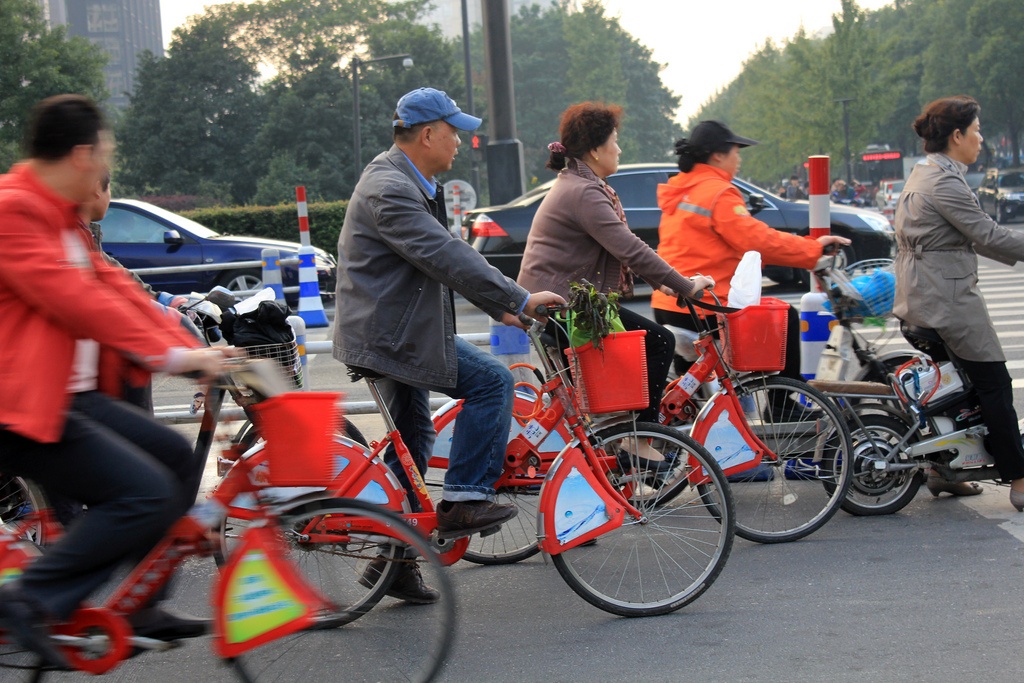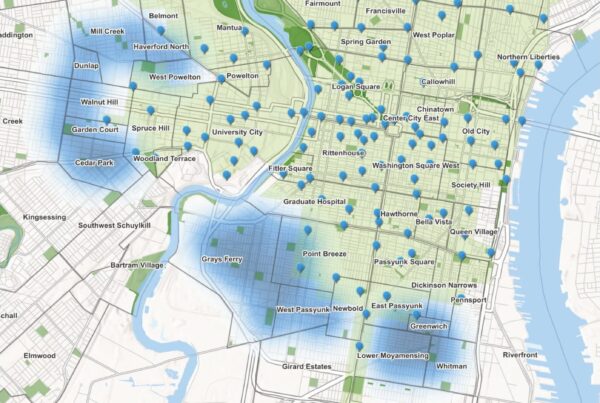Research by the Transportation Sustainability Research Center |December 1, 2012
Published by the Transportation Research Board.
Abstract:
Over the past 20 years, China has experienced a steady decline in bicycle use. To address this trend, China’s central and local government for urban transportation created Public Transit Priority to encourage public transport initiatives. As part of this effort, the government of the city of Hangzhou launched Hangzhou Public Bicycle in 2008. This service allows members to access a shared fleet of bicycles. As of March 2011, Hangzhou Public Bicycle operated 60,600 bicycles with 2,416 fixed stations in eight core districts. To understand factors leading to bikesharing adoption and barriers to adoption, the authors conducted an intercept survey in Hangzhou between January and March 2010. Two separate questionnaires were issued to bikesharing members and nonmembers to identify key differences and similarities between these groups. In total, 806 surveys were completed by 666 members and 140 nonmembers. The authors found that bikesharing was capturing modal share from bus transit, walking, autos, and taxis. Approximately 30% of members had incorporated bikesharing into their most common commute. Members indicated that they most frequently used a bikesharing station closest to either home (40%) or work (40%). These modal shifts suggested that bikesharing acted as both a competitor and a complement to existing public transit. Members exhibited a higher rate of auto ownership than nonmembers. This finding suggested that bikesharing was attractive to car owners. Recommendations for improving bikesharing in Hangzhou included adding stations and real-time bike and parking availability technologies, improving bike maintenance and locking mechanisms, and extending operational hours.




